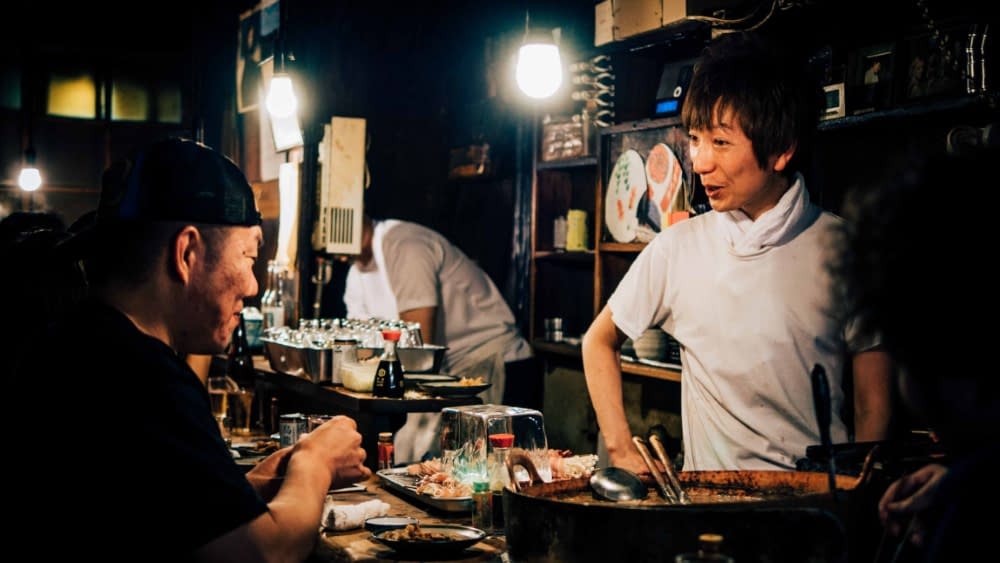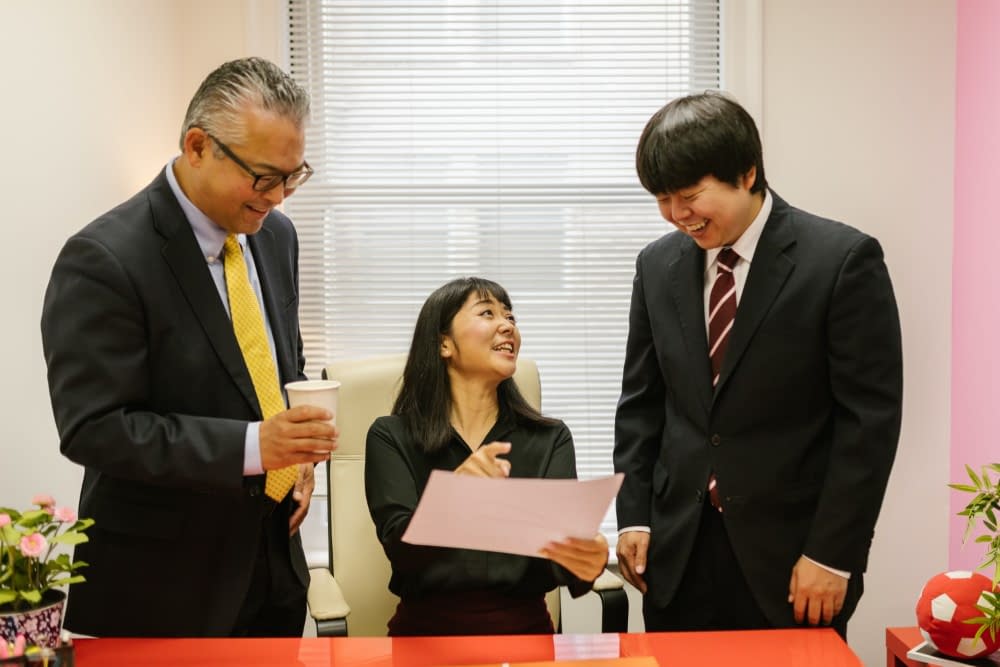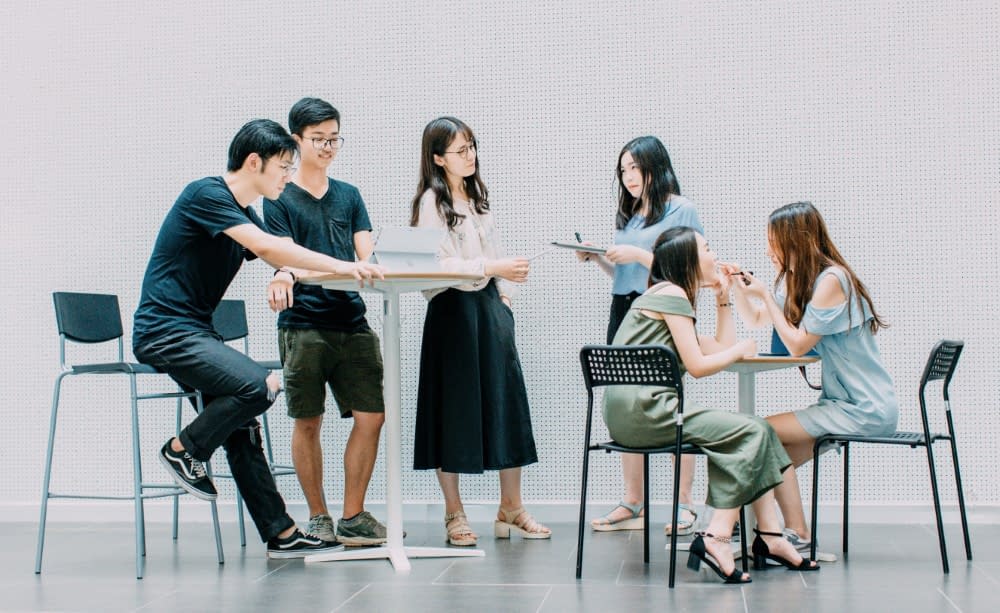- Japan Tips
How To Say “Yes” In Japanese
Introduction To Affirmations In Japanese
Learning a new language often starts with basic phrases and affirmations. “Yes” is obviously an important and common word used in any language. In Japanese, affirming isn’t just about agreement. It’s about cultural nuances and conversational context. This guide explores the different ways in which you can say “yes” in Japanese.
Japanese affirmation is about harmony, respect, and connection. When Japanese individuals say “yes,” it might signify attentiveness, acknowledgement, or active listening. In the West, a nod or “yes” often implies agreement. In Japan, it’s also an engagement cue, signalling active participation or encouraging continuation.
The Japanese language offers diverse “yes” expressions, each fitting different scenarios. Grasping the cultural and emotional undertones is crucial. So, when saying “yes” in Japanese, it is important to know about the context and the most appropriate way to respond. Whether travelling, conversing with Japanese peers, or immersing in the language, this guide will hopefully enrich your communication.

11 Ways to say “Yes” in Japanese
1. Hai (はい) – Yes (Standard)
“Hai” is the quintessential “yes” in Japanese. Direct and courteous, it’s appropriate for business and everyday chats. It’s foundational and probably the most common way to say yes.
2. Ee (ええ) – Yes (Informal)
“Ee” is “Hai” but in a much more laid back and casual manner. Think “yep” in English. It’s for casual chats among friends or relaxed moments. It is laid back and adds a bit of charm, although it should not be used in formal conversations.
3. Un (うん) – Yeah (Casual)
“Un” is the casual “yeah”. Brief and informal, it’s popular among the youth. Great for quick affirmations or text messages. It is common to nod your head when saying this and is typically considered more casual than ‘Ee’.
4. Sou desu (そうです) – That’s right
“Sou desu” adds depth. It’s “That’s right” or “Indeed”, signalling deeper agreement or understanding. It offers much more context than just the regular “Hai” to your how you are understanding the conversation.
5. Ii desu (いいです) – It’s Good
“Ii desu” is versatile. Meaning “It’s good”, it’s used to agree or accept offers. It’s a polite nod and has positive connotations. It could be used in a conversation when someone is asking for permission for something – for example, when asking a colleague at work to borrow their pen for a moment they may respond “Ii desu”.
6. Sou sou (そうそう) – Exactly
“Sou sou” is for total agreement. It’s the “Exactly” or “Precisely” of Japanese, emphasising accuracy and strong agreement in what the other person is saying. This is useful for both formal and informal situations where you need to state strong agreement, for example in a meeting or a discussion with friends.
7. Daijoubu desu (だいじょうぶ です) – It’s Okay
“Daijoubu desu” offers solace. Whether signalling all’s well or confirming one’s well-being, it is a comforting thing to say to someone. You might use this if a friend is upset or sad, asks a favour of you that you are happy to oblige.
8. Wakarimashita (わかりました) – Understood
“Wakarimashita” ensures clarity. It’s “Understood”, perfect for confirming comprehension. Ideal in work settings or detailed talks. Similar to “Sour desu” in some ways. You might use this to acknowledge understanding of a task your manager has given you at work.
9. Mochiron (もちろん) – Of course
“Mochiron” is for strong agreement. It’s the assertive “Of course”, used to emphasise your agreement or confirm your understanding. You would use this exactly how you would say of course in English, for example if someone asks you for a favour.
10. Shouchi shimashita (しょうちしました) – Duly noted
“Shouchi shimashita” is for formal acknowledgement. It’s “Duly noted”, apt for business or formal recognition. This is a polite phrase and generally would only be used in a professional environment. It roughly translates to “I understand and will comply”.
11. Okkee (オッケー) – Okay
“Okkee” is the global “Okay” in Japanese. Casual and quick, it’s popular among the youth and in international contexts. It’s universally understood due to sounding like its English counterpart.

Context Matters: Using “Yes” in Different Situations
Navigating conversations with the different ways of saying “yes” in Japanese is about context. From the familiar “Hai” to the casual “Okkee”, affirmation is about context, relationship, and conversation subtleties.
Affirming in Formal Settings
Japanese formalities are steeped in tradition. Here, language isn’t just words. It’s respect, hierarchy, and mutual understanding. In business, clarity is key. “Hai” is the cornerstone. During presentations or when superiors seek affirmation, “Hai” is the default and most common option.
But nuances matter. Agreeing with a strong point? “Sou desu” conveys agreement and appreciation. When feedback is sought on a new idea, “Ii desu” signals a nod of approval.
Elders hold a special place. Responding to their wisdom with “Wakarimashita” shows reverence. In less formal elder interactions, “Un” might be used, but always with due respect. If you value someones advice then “Mochiron” emphasizes this. For formal acknowledgments, “Shouchi shimashita” fits perfectly.
Casual Conversations with Friends
Friendship chats highlight Japanese language’s playful side. Formality takes a backseat, replaced by authenticity and warmth. Word choices reflect relationship depth and endearance to the person you are talking to.
In these settings, “Ee” and “Un” are very popular. For example, if you receive exciting news from a friend, “Ee” is like saying “Really?”, expressing surprise. “Un”, the Japanese “Yeah”, is appropriate for casual decisions, like choosing where to go to coffee or picking what movie to watch.
Sharing enthusiasm is also important – “Sou sou” is your go-to. It’s the “Exactly!” or “That’s it!” of Japanese, capturing shared joy or a eureka moment. It’s about connection, be it over memories or a favourite food, it can be anything that defines a shared interest. “Sou sou” adds a layer of enthusiasm to your dialogue.
Common Mistakes to Avoid
Mastering the Japanese language requires understanding its context and politeness levels. One of the fundamental aspects is knowing how to say “yes.” But it’s not just about knowing the words; it’s about using them correctly. A common mistake is the overuse of “Hai,” the most recognized term for “yes.” While it’s versatile and popular among learners, but its frequent use, especially in uncertain situations, can be inappropriate.
- Casual Settings with Peers: While “Hai” is a safe bet in many situations, using it too frequently in casual settings might come off as overly formal. For instance, if a friend casually asks if you’d like to hang out, responding with “Un” or “Ee” might be more fitting than a formal “Hai”.
- Expressing Enthusiastic Agreement: If someone shares an exciting piece of news or a sentiment you strongly agree with, merely saying “Hai” might seem lacklustre. In such cases, “Sou sou” or “Exactly!” can convey your enthusiasm more effectively.
- Acknowledging Receipt of Information: If someone provides you with detailed instructions or information, simply nodding and saying “Hai” might not be enough. “Wakarimashita” or “Understood” shows that you’ve comprehensively grasped what’s been shared.
- Reassuring Someone: If a friend is concerned and seeks reassurance, responding with “Daijoubu desu” or “It’s okay” is more comforting than a simple “Hai”.
- Affirming in Business Settings: While “Hai” is common in business environments, there are times when other affirmations might be more apt. For instance, if a colleague seeks confirmation on a task’s completion, “Shouchi shimashita” or “Duly noted” can be more specific and reassuring.
The Last Word On How To Say ‘Yes’ In Japanese
Saying “yes” in Japanese? It’s a journey. From “Hai” to “Un”, each has its place. “Sou desu” and “Ii desu” aren’t just affirmations; they’re feelings. “Sou sou” and “Daijoubu desu” add heart.
Japanese affirmations are deep. They’re respect, bond, and insight. “Wakarimashita” is understanding. “Shouchi shimashita” is attentive acknowledgment. And “Okkee”? It’s modern Japan.
To truly get it, dive in. Talk, listen, and immerse. With time, you’ll intuitively know the right phrase. Language evolves, and by embracing Japanese affirmations, you touch its soul. So, next chat? Choose wisely. It’s these subtleties that make the difference.

With our guide we hope you are able to learn a little more about the importance of context in the Japanese language, culture, and dialect. Japanese is not an easy language to learn, particularly if English is your first language, but we have plenty of other useful guides to make this easy for you!
If you are just starting out with learning Japanese, why not learn how to say some more basic phrases such as ‘Hello‘, ‘I love you‘, ‘Friend’ and ‘Shut up‘.
If you are a little more advanced perhaps try learning some more unique Japanese words, or try to hone your pronunciation with some Japanese tongue twisters.
What can Interac offer you?
If you are interested in Japanese language or culture and can speak English, there are plenty of opportunities available to relocate to Japan and become an Assistant Language Teacher (ALT). It is a great way to gain teaching experience whilst also having the opportunity to move somewhere completely new and different.
There are plenty of opportunities all over Japan to get involved in, so if this sounds like something that might interest you, take a look at our application process!
